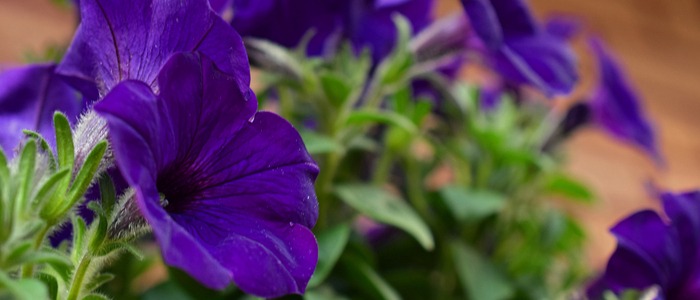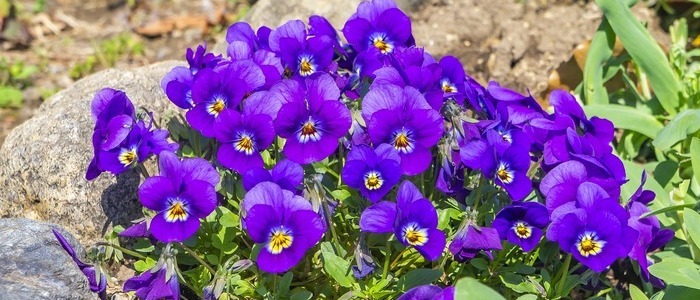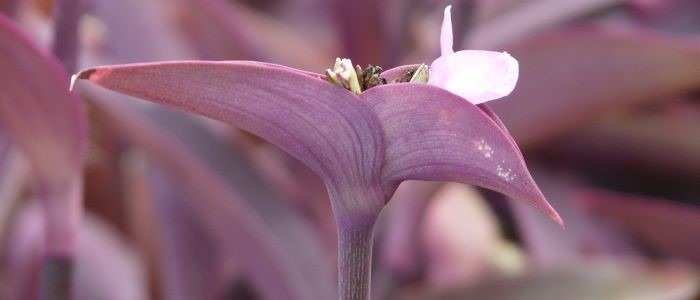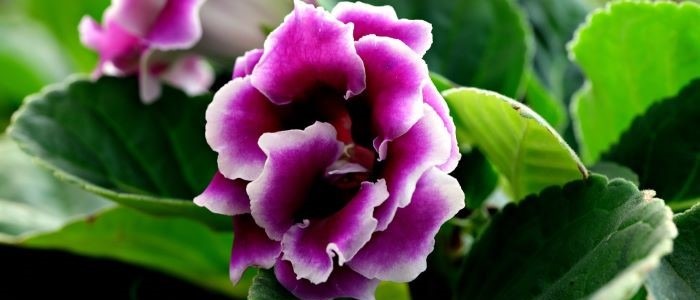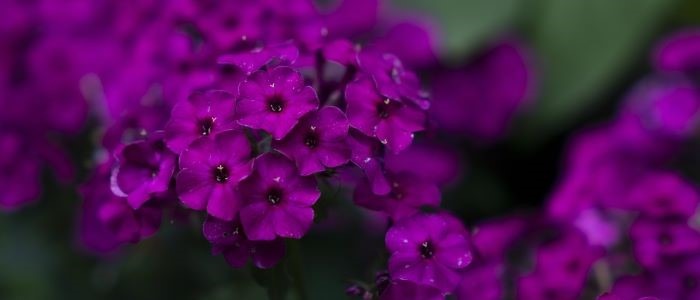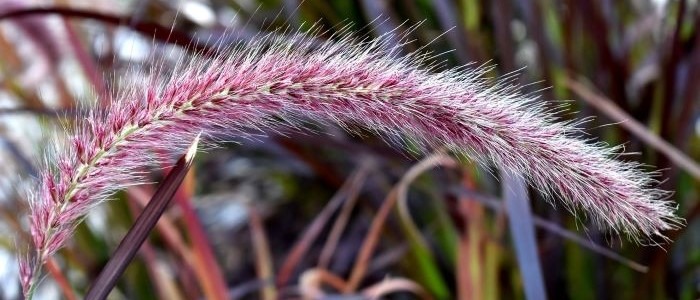If you’ve recently purchased majestic purple elephant ear plants, then congratulations! This stunning and unique variety of tropical foliage is sure to make an eye-catching addition to your home or garden. Unlike other varieties of elephant ears, this one has beautiful deep purple leaves and a magnificent fan-like shape that will add drama and texture to any space.
It’s easy to care for, too — just a few simple tips and tricks will keep your purple elephant ear looking beautiful year-round. Read on to learn more about this incredible plant and how to make it thrive in its new home!
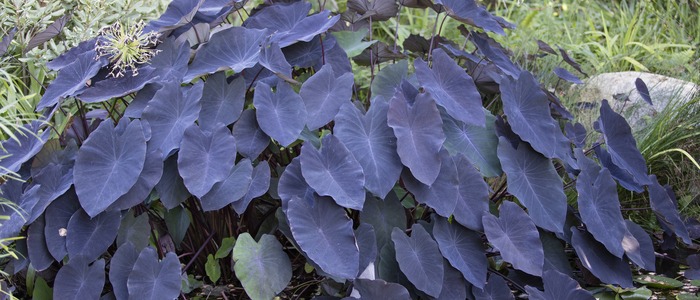
Purple Elephant Ear Plants Frequently Asked Questions
Do purple elephant ear plants like the sun or shade?
Purple elephant ear plants thrive in partial shade to full sun, but they prefer a spot with filtered light to avoid scorching their leaves. These plants can tolerate a few hours of direct sunlight in the morning or late afternoon, but they need some shade during the hottest part of the day. In general, the more purple the leaves are, the more sunlight they can handle.
Can purple elephant ear plants be grown in pots?
Yes, purple elephant ear plants can be grown in pots. In fact, growing them in pots can be a great way to control their size and keep them from spreading too much. When planting in a pot, make sure to use a well-draining soil mix and choose a container that is at least 12 inches in diameter. You can also add some slow-release fertilizer to the soil to help the plant thrive.
Purple Elephant Ear Plants Care
The purple elephant ear, also known as Colocasia esculenta ‘Illustris’, is a tropical plant native to Southeast Asia. It’s relatively easy to grow, but it does require a few specific conditions for optimal growth. In general, it needs plenty of bright, indirect sunlight and well-draining soil with an acidic pH level.
You’ll also want to give your purple elephant ear plenty of space — while other varieties can be kept in containers, this one needs more room to spread its roots and grow. When it comes to watering your purple elephant ear, the key is moderation. Don’t let the soil get too soggy or dry out completely — instead, water when the top inch of soil starts to feel dry. And remember that when you water, it’s best to do so gently and slowly. That way, you won’t risk washing away any of the soil.
Speaking of soil, make sure that yours is rich enough in nutrients — a good potting soil with some compost mixed in should suffice. You can also give your plant an occasional boost with fertilizer every other month or so.
Finally, keeping your purple elephant ear in a spot with plenty of indirect light is essential for its health and growth. Morning sunlight is especially ideal, as long as the plant isn’t exposed to too much harsh midday sun.
How to Propagate Purple Elephant Ear Plants
Generally propagating the purple elephant ear plant is an easy and rewarding task. Not only are they beautiful plants, but they’re also relatively low maintenance and a great way to add some color to your outdoor space. Here’s how you can get started propagating your own purple elephant ear plants!
First, it’s important to choose the right container. A large, deep pot is ideal for this type of plant so that it has plenty of room to grow and spread its roots. If you don’t have a large enough space, you can also use several smaller containers.
Next, it’s time to prepare your soil. You’ll want to use soil that’s specifically formulated for elephant ear plants, as it will provide the perfect balance of nutrients and drainage. Once you’ve got the soil ready, it’s time to plant your seeds or cutting! If you’re planting a seed, simply sprinkle them over the surface of your soil and lightly press them into the dirt. Water thoroughly after planting, making sure to keep the soil moist but not soggy.If you’re planting a cutting, dig a shallow hole in your pot and place the cutting inside.
Make sure to firm up the soil around it so that it stays in place. Water as you would a seedling and keep the soil moist but not soggy.
Now all that’s left to do is wait! With proper care, your elephant ear should begin sprouting in no time! Keep an eye out for any signs of wilting or discoloration and adjust your watering schedule accordingly.
Pruning Purple Elephant Ear Plants
In this section, of this article, we’ll be talking all about the best methods for pruning the Purple Elephant Ear Plant. Pruning this plant is essential for its health and can help it look its best. When pruning your purple elephant ear plant the first step is to trim off any dead or damaged leaves from the base of the plant. This will help to promote further healthy growth and prevent any disease spreading. You can also trim away any dead or diseased stems at the same time.
Once you have removed all of the damaged foliage, it’s time to shape your purple elephant ear plant. To do this, use a sharp pair of pruning shears to make clean cuts. When cutting the stems, always make sure to cut directly across the stem so that it will grow back evenly.
With these simple pruning tips, you can easily keep your purple elephant ear plant looking its best!
Problems When Growing Purple Elephant Ear Plants
When growing purple elephant ear plants, some of the common problems include leaf burn, which can be caused by over-fertilizing or when using too much nitrogen in the fertilizer. Sunburn is also a common problem, as these plants need protection from direct sunlight.
Overwatering and root rot can occur if the soil is not well-draining and the plants are watered too often. The foliage may also be damaged by extreme temperatures, especially if the plants are not hardy to the local climate.
Finally, pests such as slugs, aphids, and mealybugs may cause problems if left unchecked. Fortunately, these common issues can usually be avoided with proper care and attention.
Taking the time to research and understand your specific plant’s needs will help ensure its health and prosperity. With good care, these plants can bring years of beauty and enjoyment!
Conclusion
The purple elephant ear plant is a stunning addition to any home or garden. It’s an incredibly low-maintenance and hardy plant that will bring life, beauty, and color to your space for years to come. With its large leaves and vibrant purple hue, it’s sure to be a conversation starter like no other! As with any plant, make sure to provide your elephant ear with plenty of sunlight and water.
With the right care and attention, you can enjoy this gorgeous houseplant for years! We hope this article has convinced you to add a purple elephant ear plant to your home or garden – it’s an investment that won’t disappoint!




